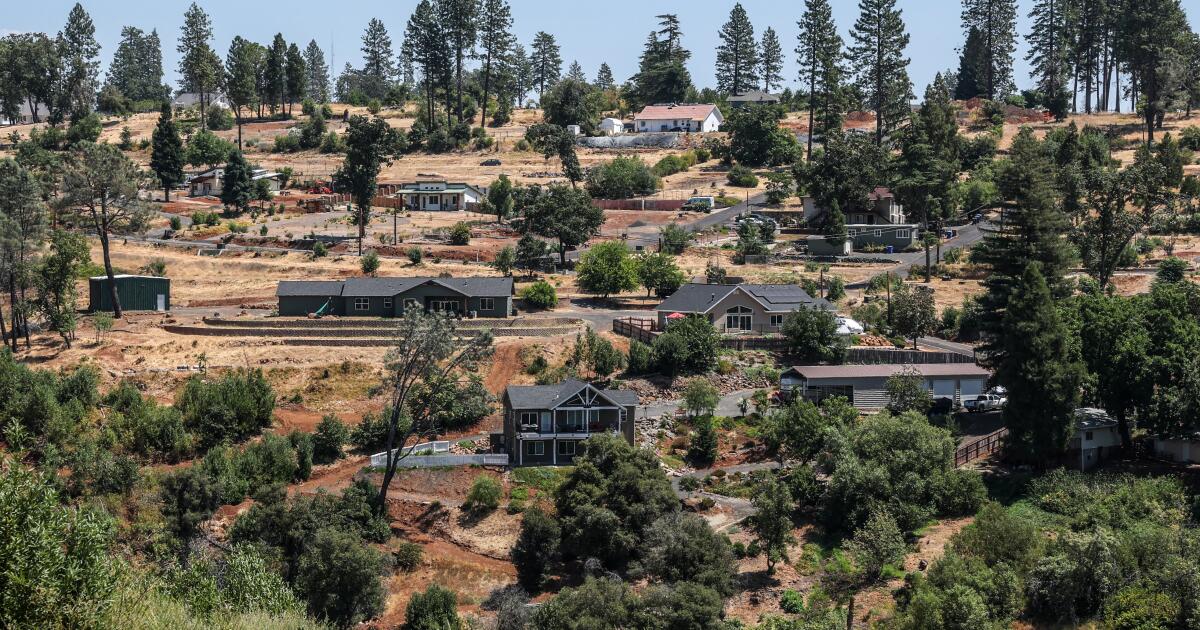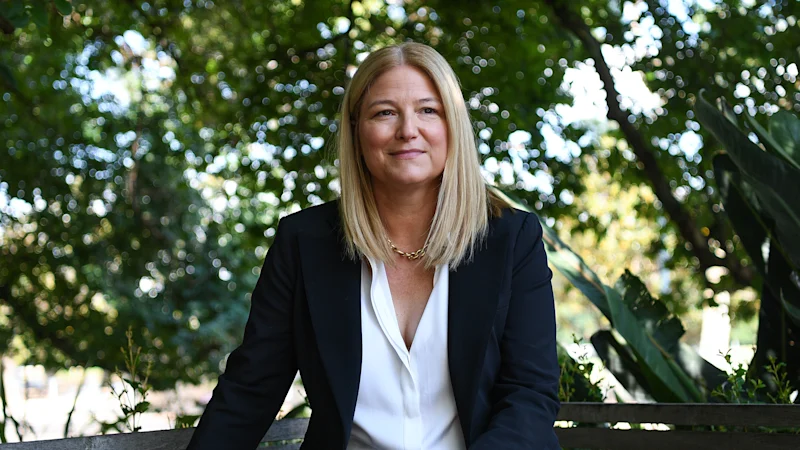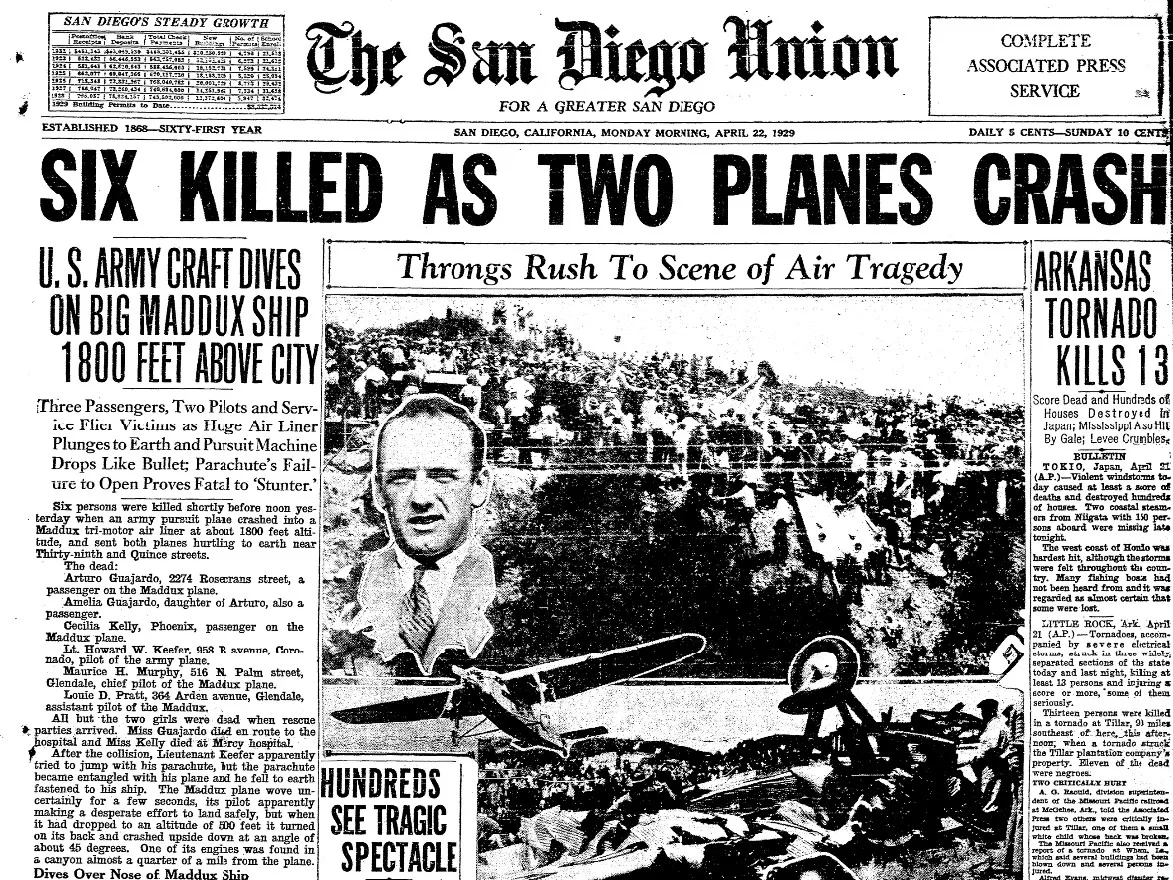Younger, richer and smaller: How California’s era of wildfire has changed communities forever

When Jen Goodlin visited Paradise six months after the 2018 Camp fire, she thought she was saying goodbye.
A town native, Goodlin was living in Colorado with her husband and four children. She wanted to witness the devastation that wiped out 10,700 homes, including the small white cottage where she grew up, and turned the dense forest of her youth into a bleak landscape. But once she arrived, she was surprised at her reaction. She could envision so much more than the burned trees and abandoned businesses around her.
Here, she saw, her family could live on a big piece of land as they’d always wanted. Her husband thought she was crazy, but they ran the numbers, bought a 1.2-acre vacant lot and put a trailer on the property. A few years later, they moved into a new, four-bedroom house.
“It took the fire to bring me home,” said Goodlin, 43, who now runs a local wildfire recovery nonprofit.
Young families like Goodlin’s are coming to Paradise, shifting the town’s demographics away from the retirees who once lived there. Attracted by cheap land — lots cost less than a mid-range car— newcomers can build a larger home on larger parcels for less than buying a house in Chico, a city of 100,000 people 15 miles away.
Though Paradise’s current population is less than half of what it was, the local Little League already has more kids than before the fire.
Nearly a decade of megafire in California has brought profound changes to recovering communities. Paradise has become younger. Some rebuilt areas have become wealthier. Renters and people on fixed incomes have found themselves pushed to more urban locales. Both devastated neighborhoods and fire survivors face an unpredictable future that, given the recent intensity of wildfires in California, many more areas will have to face.
Reminders of fire are inescapable in Paradise, from the roadside signposts that designate evacuation routes to the alarm that blares at noon on the 15th of every month, a test of the system that will tell everyone if they need to flee once again. At the same time, the activity in the town belies the desolation implied by building data that show only 30% of destroyed homes have been replaced. Dog walkers and parents with small children play in refurbished parks. At lunchtime, construction workers in reflective vests gather around taco trucks.
Local boosters tout that for every year after the fire, Paradise has been one of the fastest-growing communities in California. Another half-dozen homes are being rebuilt each month, according to a Times data analysis.
But as shown in Paradise, the statistics tell only part of the story. The Times found that of the nearly 22,500 homes lost in the Camp fire and California’s four other most destructive wildfires from 2017 to 2020, just 8,400, or 38%, have been rebuilt.
Given the time that has already passed, it’s unlikely that some places — the forests below the northern Sierra Nevada, parts of the Santa Monica Mountains, pieces of old Shasta County mining towns — ever will have the same number of homes as before. In Paradise, it’s essentially guaranteed. Many returning homeowners purchased their neighbors’ burned out lots to build a larger house or simply expand the size of their property.
Instead of simply repopulating these areas, there has been a subtle shift toward living in more urban communities, especially for renters or homeowners who couldn’t afford to rebuild. In Butte County, disaster relief dollars from both the Camp fire and North Complex fire, which destroyed 1,500 homes in even more rural areas two years later, have been funneled toward affordable housing projects largely in Chico and smaller nearby cities untouched by the blazes. Not one such development has been proposed in the North Complex burn scar.
The rationale is straightforward: More people can be housed more safely and sustainably in cities than in mountainous, fire-prone tracts with little public infrastructure. The urban developments also provide access to grocery stores, public transit and other amenities that give them a higher chance of winning state financing competitions and being completed.
Local officials welcome the investments but feel uneasy about what’s happening. Katie Simmons, deputy chief administrative officer overseeing recovery efforts for Butte County, said many rural fire survivors don’t want to move to the city. She called the new developments “displacement housing” that doesn’t address the needs of those in remote areas who continue to “flounder in disaster-caused homelessness.”
As time wears on, fewer and fewer people find themselves in positions to return, sometimes despite extraordinary efforts to allow them to do so.
In Santa Rosa, the 2017 Tubbs fire wiped out Journey’s End, a 162-space mobile home park next to a hospital and the 101 Freeway. A partnership between the landowner, the city and for- and nonprofit developers led to plans for more than 400 apartments on the site, including full replacement of 162 units for low-income seniors.
But it wasn’t until summer 2023 that the first apartments opened. Journey’s End residents, so long as they qualified under the age and income restrictions, could return if they wanted.
Few did. About three dozen expressed interest, 12 initially moved in, six of whom remain.
A lot of her former neighbors from the mobile home park died waiting, said Pat Crisco, 75, one of the Journey’s End residents who came back. Others didn’t want to live in apartments. More had settled elsewhere and didn’t want to uproot themselves again, she said.
The stray cats Crisco used to feed at Journey’s End are gone and when the hot wind blows outside her apartment building she gets the “heebie jeebies.” But she feels great about her decision to return. The location is close to the bus, her doctors and grocery stores.
“This is brand spanking new,” Crisco said. “And everything is very convenient.”
Research shows that communities that rebuild more fully tend to end up wealthier than they used to be. Homeowners who come back are the ones able to afford to navigate the process, and brand-new houses in established areas attract outsiders.
Before the Tubbs fire, Santa Rosa’s Coffey Park subdivision was middle-class, with its tract homes routinely going for around $500,000. Nearly all the 1,300 houses lost have been rebuilt. Residents were astounded recently when they began selling at more than $1 million.
Jeff Okrepkie, 46, a Coffey Park renter who used his insurance payout as a down payment for a new home on his old street, said it’s undeniable that the neighborhood is more upscale now, with amenities hard to find elsewhere.
“This is the cliche, Americana, suburban single-family-detached homes,” Okrepkie said. “It’s 1980s-style lots, 1980s-style streets with 2020s-style houses.”
What’s happening in Paradise and Santa Rosa provide continually evolving answers to weighty questions: When has a community recovered? And what does recovery even mean?
In 2019, Paradise received a $270-million settlement from Pacific Gas & Electric, whose power lines caused the Camp fire. The town is using the money to backfill lost tax revenue. But it won’t last forever.
That’s why local leaders are pushing for a new sewer system as part of an expanded town center to attract restaurants and business that would make more young families want to live there. The lack of one limited the commercial district in the past.
For Paradise officials, recovery is when the community can sustain itself once again.
“It looks like it’s going to serve us for 25 years,” said Colette Curtis, the town’s recovery and economic development director, of the PG&E settlement.
Some residents of communities reshaped by fire have found themselves both drawn and repelled by the place they call home.
Roger and Lindy Brown had lived in Paradise for 12 years when the Camp fire struck. After the blaze, the Browns rented an apartment in Chico so their daughter could finish her last year at Paradise High School, which held classes in a mall and then a warehouse in Chico.
Roger, 60, worked in heating and air conditioning and had to return to the town often. He couldn’t take seeing the burned-out trees, cars and homes. The couple took their insurance money and moved to a small town in Oregon. From a distance, the upkeep on their vacant lot proved to be too much so they sold that too.
But Paradise pulled at them, especially Lindy, 66. Their daughter never left, attending Chico State, where she recently graduated. Some of their friends had rebuilt. To her, Oregon felt lonely. Paradise, she said, was their community.
Last year, Roger and Lindy bought a house in Paradise, a newly built, blue, two-bedroom with a white picket fence. The home had all they wanted. Solar power. A large lot. Apple, cherry and peach trees in the back. And they were overwhelmed with the thought of starting from scratch.
They’ve kept a Little Free Library on their lawn stocked with books. In the spring, they traded their extra peaches for eggs from their neighbor’s chickens.
On a recent weekday afternoon, Roger and Lindy stood in their frontyard admiring the finishing touches on their only major construction project. They were replacing some of the landscaping with gravel, a decision that made their home more fire-resistant and cut their insurance costs in half.
Roger still felt unsure about returning. Before the fire, he would go to breakfast with the town’s classic car club every Saturday. The 1971 Chevy Nova Roger had restored was lost in the blaze and the car club was no more.
“It’s never going to be the Paradise it was,” Roger said to Lindy.
His wife turned to him. “It doesn’t have to be,” she said.



